Home>Home Appliances>Laundry Appliances>Why Does My Washing Machine Stain My Clothes
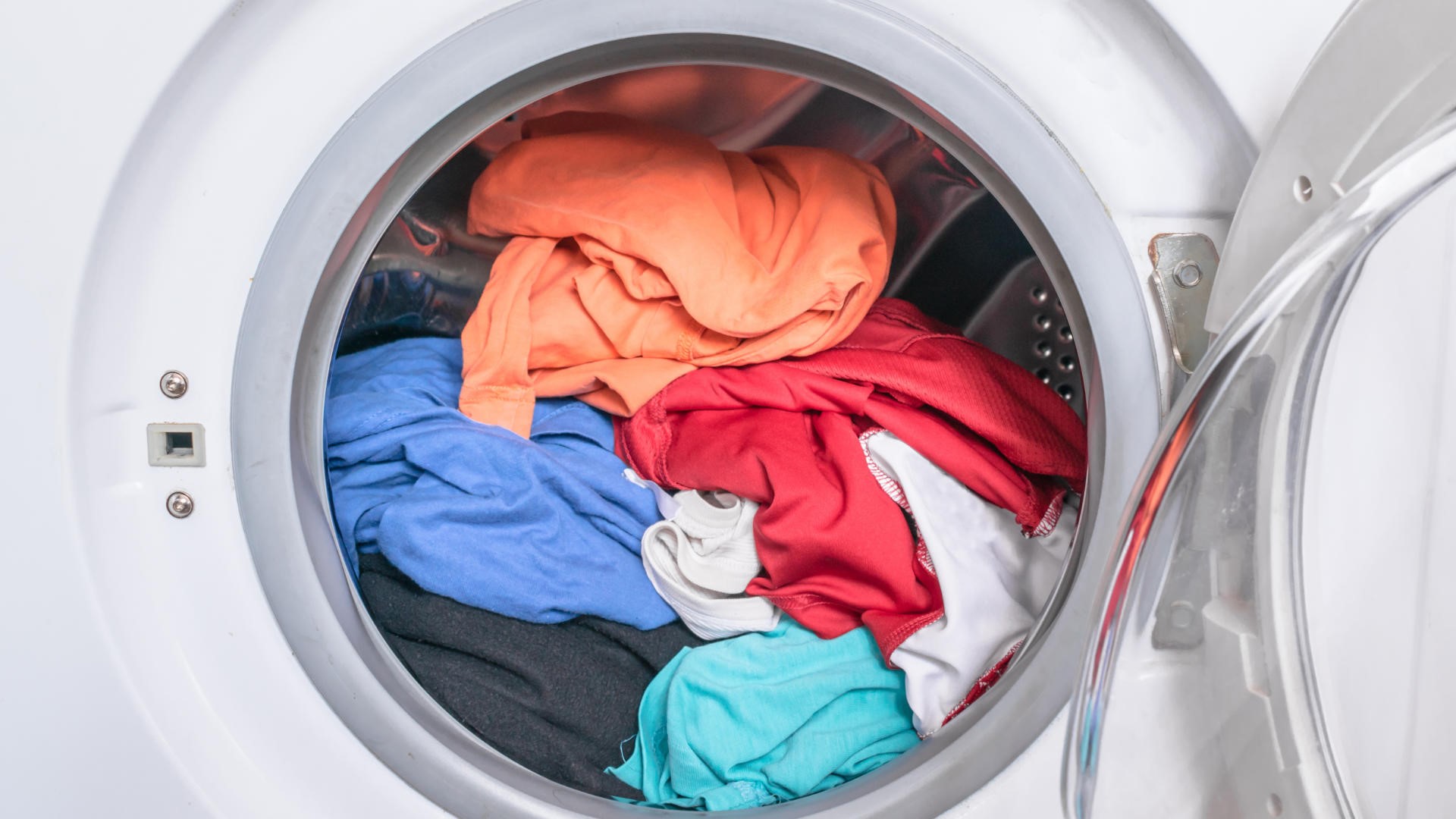

Laundry Appliances
Why Does My Washing Machine Stain My Clothes
Modified: March 2, 2024
Discover the reasons behind your washing machine staining your clothes and find solutions to prevent it. Get expert tips on laundry appliances to keep your clothes looking fresh and clean.
(Many of the links in this article redirect to a specific reviewed product. Your purchase of these products through affiliate links helps to generate commission for Storables.com, at no extra cost. Learn more)
Common Reasons for Staining
Stains on freshly washed laundry can be frustrating and perplexing. Understanding the common reasons for staining can help you troubleshoot and prevent this issue. Here are some factors that may contribute to staining in your washing machine:
-
Residual Detergent: When detergent residue accumulates in the washing machine, it can transfer onto clothes during the wash cycle, leading to stains. This often occurs when too much detergent is used or when the detergent dispenser or drum is not cleaned regularly.
-
Hard Water Deposits: In areas with hard water, mineral deposits can build up in the washing machine, particularly around the water inlet and drum. These deposits can find their way onto clothing, resulting in discolored or spotted stains.
-
Rust or Corrosion: If the washing machine's drum or other internal components are rusted or corroded, it can lead to reddish-brown stains on clothes. This is a common issue in older or poorly maintained machines.
-
Inadequate Sorting: Washing light-colored items with dark or heavily soiled items can result in dye transfer or soil transfer, causing stains on the lighter garments.
-
Fabric Softener Dispenser: Fabric softener that is not properly diluted or dispensed can leave oily, greasy stains on clothing. It's essential to follow the manufacturer's guidelines for using fabric softener and to clean the dispenser regularly.
Understanding these common reasons for staining in washing machines can empower you to take proactive measures to address and prevent these issues, ensuring that your laundry emerges from the wash cycle clean and stain-free.
Key Takeaways:
- Keep your washing machine clean to prevent staining. Regularly clean the drum, dispensers, filter, and door seal. Proper maintenance ensures stain-free laundry and extends the life of your machine.
- Avoid overloading your washing machine. Follow the recommended load capacity to prevent fabric damage and ensure effective cleaning. Balanced loads lead to cleaner, stain-free laundry.
Read more: Why Do My Clothes Get Stained In The Washer
Types of Stains
Understanding the types of stains that can mar your freshly laundered clothes is crucial in effectively addressing and preventing them. Here are the common types of stains that may appear on your laundry after a wash cycle:
-
Grease and Oil Stains: These stains often result from cooking oil, butter, or automotive grease. They can be particularly stubborn and may require pre-treatment with a specialized stain remover before washing.
-
Food and Beverage Stains: Spills from coffee, tea, wine, sauces, and fruits can leave noticeable stains on clothing. Promptly rinsing the affected area with cold water and treating it with a stain remover can help prevent these stains from setting.
-
Ink Stains: Accidental pen leaks or mishaps with ink can lead to frustrating stains. Depending on the fabric, treating ink stains with rubbing alcohol or a commercial ink remover can be effective.
-
Dye Transfer Stains: When garments of different colors are washed together, especially if one item is new, dye transfer can occur, resulting in stains on lighter-colored clothing. Sorting laundry by color and washing new items separately can help prevent this type of staining.
-
Mineral Stains: In areas with hard water, mineral deposits can cause discoloration and spotting on clothes. These stains are often caused by the presence of iron, manganese, or other minerals in the water supply.
-
Mildew Stains: Clothes that are left damp for an extended period or stored in a humid environment can develop mildew stains. These stains are often accompanied by a musty odor and require thorough washing and drying to eliminate.
-
Protein-Based Stains: Stains from bodily fluids such as blood, sweat, and urine fall into this category. Prompt treatment with cold water and an enzyme-based stain remover can aid in effectively removing these stains.
Understanding the nature of these stains can guide you in selecting the appropriate stain removal methods and products. By being proactive in addressing specific types of stains, you can maintain the pristine appearance of your clothing and ensure that your washing machine consistently delivers clean, stain-free laundry.
Impact of Water Quality
The quality of water used in your washing machine can significantly influence the cleanliness and appearance of your laundry. Water quality is determined by various factors, including mineral content, pH levels, and the presence of impurities. Understanding how water quality impacts the washing process is crucial for maintaining the integrity of your clothing and the efficiency of your washing machine.
Hard Water and Mineral Deposits
One of the primary concerns related to water quality is the prevalence of hard water, which contains high levels of minerals such as calcium and magnesium. When hard water is used in the washing machine, these minerals can accumulate within the appliance, leading to the formation of mineral deposits. Over time, these deposits can not only affect the performance of the washing machine but also contribute to staining issues on clothing.
Staining and Discoloration
The presence of mineral deposits in hard water can result in staining and discoloration of clothes. When garments are exposed to hard water during the wash cycle, the minerals can bind to the fabric, causing visible spots and streaks. These stains are particularly noticeable on light-colored clothing, where the contrast with the fabric is more apparent.
Read more: Why Does My Washer Squeak
Fabric Residue and Dullness
In addition to causing visible stains, hard water can leave behind a residue on clothing, resulting in a dull and lackluster appearance. This residue can make fabrics feel stiff and rough, diminishing their overall quality and comfort. Moreover, the accumulation of mineral deposits within the washing machine can compromise its ability to thoroughly rinse out detergents and fabric softeners, further exacerbating the issue of fabric residue.
Addressing Water Quality Issues
To mitigate the impact of water quality on your laundry, consider implementing strategies to address hard water concerns. Installing a water softener can effectively reduce the mineral content in the water, preventing the formation of deposits and minimizing the risk of staining. Additionally, using specialized laundry detergents formulated for hard water can help maintain the cleanliness and vibrancy of your clothing.
Final Thoughts
By recognizing the influence of water quality on the washing process, you can take proactive measures to safeguard your clothing and washing machine from the detrimental effects of hard water. Whether through water softening solutions or tailored detergent selection, addressing water quality concerns can contribute to consistently clean, stain-free laundry and prolong the longevity of your washing machine.
Detergent and Fabric Softener Issues
The selection and usage of laundry detergents and fabric softeners play a pivotal role in the cleanliness and overall condition of your clothing. However, issues related to these products can inadvertently lead to staining and other laundry woes. Understanding the potential challenges associated with detergents and fabric softeners is essential for maintaining the integrity of your laundry.
Read more: Why Does My Washer Smell Burnt
Detergent Residue and Staining
One common issue that arises from detergent usage is the accumulation of residue in the washing machine and on clothing. When an excessive amount of detergent is used or when the washing machine's detergent dispenser is not cleaned regularly, residual detergent can build up. During subsequent wash cycles, this residue can transfer onto clothes, resulting in unsightly stains. Additionally, certain detergents may contain ingredients that are prone to leaving visible residues on fabrics, particularly in areas with hard water. This residue not only affects the appearance of clothing but can also contribute to fabric dullness and stiffness.
Fabric Softener Dispensing Problems
Fabric softeners, while intended to enhance the softness and fragrance of clothing, can also pose challenges when not used appropriately. Improper dilution or dispensing of fabric softener can lead to the formation of oily, greasy stains on garments. When fabric softener is not adequately diluted with water during the rinse cycle, it can directly contact the fabric, resulting in visible stains that are difficult to remove. Moreover, the fabric softener dispenser in the washing machine should be cleaned regularly to prevent the buildup of residual softener, which can contribute to staining issues.
Overcoming Detergent and Fabric Softener Challenges
To address detergent and fabric softener issues, it is crucial to adhere to recommended usage guidelines provided by the manufacturers. Using the appropriate amount of detergent for each load, based on factors such as load size and soil level, can help minimize the risk of residue buildup and staining. Additionally, ensuring that the detergent dispenser and fabric softener compartment are cleaned regularly can prevent the transfer of residual products onto clothing.
Furthermore, selecting detergents and fabric softeners specifically formulated for hard water can mitigate the impact of mineral deposits and residue on clothing. These specialized products are designed to effectively interact with hard water, reducing the likelihood of staining and fabric dullness.
By being mindful of detergent and fabric softener usage, and implementing proper cleaning and maintenance practices, you can mitigate the risk of staining and fabric-related issues in your washing machine. This proactive approach not only preserves the cleanliness and appearance of your clothing but also contributes to the optimal performance and longevity of your washing machine.
Overloading the Machine
Overloading the washing machine is a common mistake that can have detrimental effects on the cleanliness and condition of your laundry. When the machine is overloaded, several issues can arise, impacting the effectiveness of the wash cycle and potentially leading to staining and fabric damage.
Read more: Why Does My Washer Keep Stopping
Impact on Cleaning Performance
Overloading the washing machine compromises its ability to thoroughly clean the laundry. When the drum is packed with an excessive amount of clothing, there is limited space for proper agitation and movement during the wash cycle. As a result, the detergent and water cannot distribute evenly, hindering their ability to penetrate and cleanse the fabrics effectively. This inadequate cleaning process can leave behind soil, residue, and even detergent deposits on the clothing, leading to visible stains and a lack of freshness.
Fabric Wear and Tear
In addition to affecting cleaning performance, overloading the washing machine can subject the fabrics to increased friction and pressure. The excessive weight and compression of the clothing can cause unnecessary wear and tear, leading to accelerated fabric deterioration. This can manifest as pilling, stretching, and distortion of the fabric fibers, ultimately compromising the integrity and appearance of the garments.
Risk of Imbalance and Malfunction
Overloading the washing machine also poses the risk of imbalance during the spin cycle. When the load is unbalanced due to overloading, the machine may struggle to distribute the weight evenly, leading to excessive vibration and movement. This imbalance not only affects the washing machine's stability and noise levels but can also contribute to mechanical strain and potential malfunctions over time.
Prevention and Best Practices
To prevent the negative consequences of overloading, it is essential to adhere to the recommended load capacity specified for your washing machine. By following the manufacturer's guidelines regarding load size, you can ensure that the machine has sufficient space for proper agitation and cleaning action. Additionally, separating heavy items such as towels and jeans from lighter fabrics can help distribute the load more evenly, reducing the risk of overloading.
Furthermore, practicing proper load distribution within the drum can contribute to a more balanced and effective wash cycle. By arranging the clothing evenly around the agitator or drum, you can minimize the risk of imbalance and promote thorough cleaning.
By understanding the implications of overloading and implementing best practices to optimize load size and distribution, you can safeguard your laundry from potential staining, fabric damage, and washing machine strain. This proactive approach not only preserves the cleanliness and integrity of your clothing but also promotes the efficient and reliable performance of your washing machine.
Read more: Why Does My Washer Not Fill Up With Water
Maintenance and Cleaning Tips
Maintaining a clean and well-functioning washing machine is essential for preserving the cleanliness and quality of your laundry. By incorporating regular maintenance and cleaning practices into your laundry routine, you can mitigate the risk of staining, fabric dullness, and mechanical issues, ensuring that your washing machine consistently delivers optimal results.
Regular Drum and Dispenser Cleaning
Regularly cleaning the drum and detergent/fabric softener dispensers is crucial for preventing the buildup of residue and mineral deposits. Wipe down the interior of the drum with a mild detergent solution and clean the dispensers with a brush to remove any accumulated detergent or fabric softener. Additionally, running a hot water cycle with vinegar or a specialized washing machine cleaner can help dissolve mineral deposits and eliminate lingering odors.
Filter and Drain Maintenance
Periodically inspecting and cleaning the washing machine's filter and drain is essential for preventing clogs and maintaining efficient water drainage. Remove any debris or lint from the filter and ensure that the drain hose is free from obstructions. This proactive maintenance step can prevent water backup and potential damage to the machine.
Exterior and Door Seal Care
Cleaning the exterior of the washing machine and the door seal not only enhances its appearance but also prevents the accumulation of dirt and grime that can transfer onto clothing. Wipe down the exterior surfaces with a damp cloth and mild detergent, paying attention to the door seal to remove any trapped debris or residue.
Read more: Why Does My Washer Smell Like Sewer
Calibration and Leveling
Periodically check the leveling and calibration of the washing machine to ensure stability and proper operation. If the machine is not level, adjust the feet to achieve balance and reduce vibration during the wash and spin cycles. Proper calibration contributes to consistent performance and minimizes the risk of mechanical strain.
Professional Maintenance and Servicing
Consider scheduling professional maintenance and servicing for your washing machine to address any underlying issues and ensure optimal functionality. A qualified technician can inspect the internal components, address potential concerns, and perform necessary adjustments or repairs to prolong the lifespan of the appliance.
By integrating these maintenance and cleaning tips into your laundry care routine, you can uphold the cleanliness of your washing machine, prevent staining and fabric-related issues, and promote the longevity of the appliance. This proactive approach not only benefits the quality of your laundry but also contributes to the efficient and reliable performance of your washing machine.
Frequently Asked Questions about Why Does My Washing Machine Stain My Clothes
Was this page helpful?
At Storables.com, we guarantee accurate and reliable information. Our content, validated by Expert Board Contributors, is crafted following stringent Editorial Policies. We're committed to providing you with well-researched, expert-backed insights for all your informational needs.

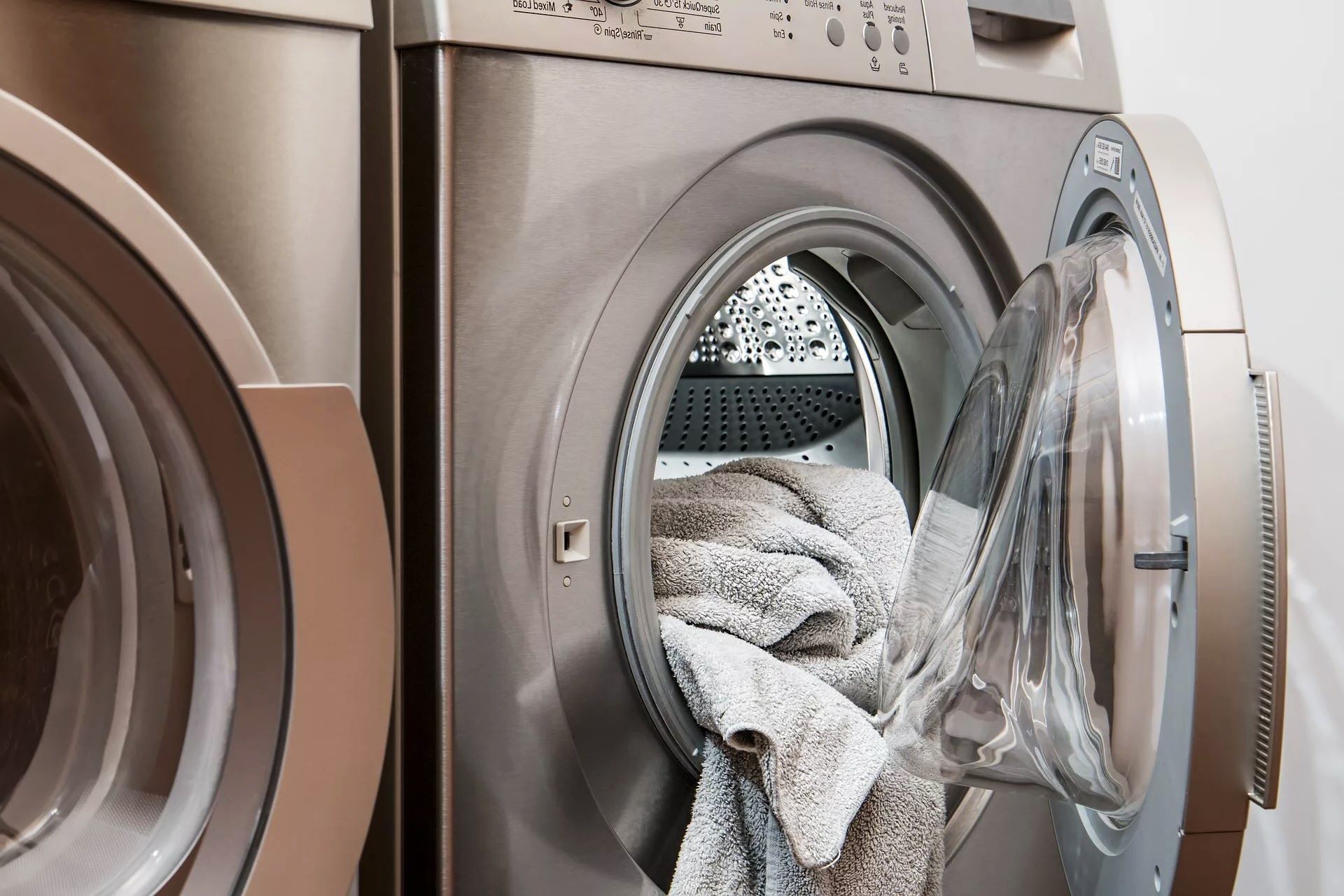



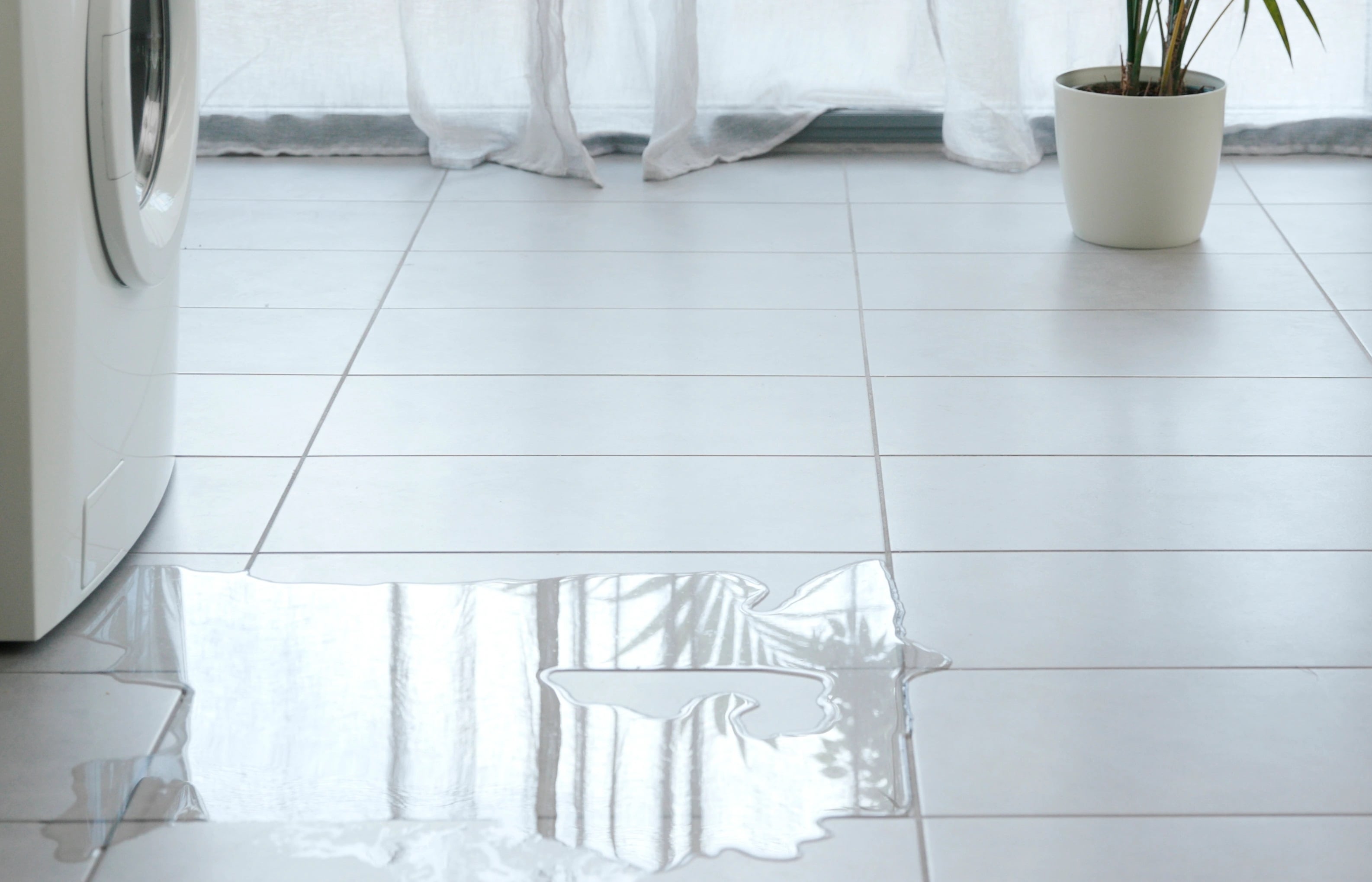

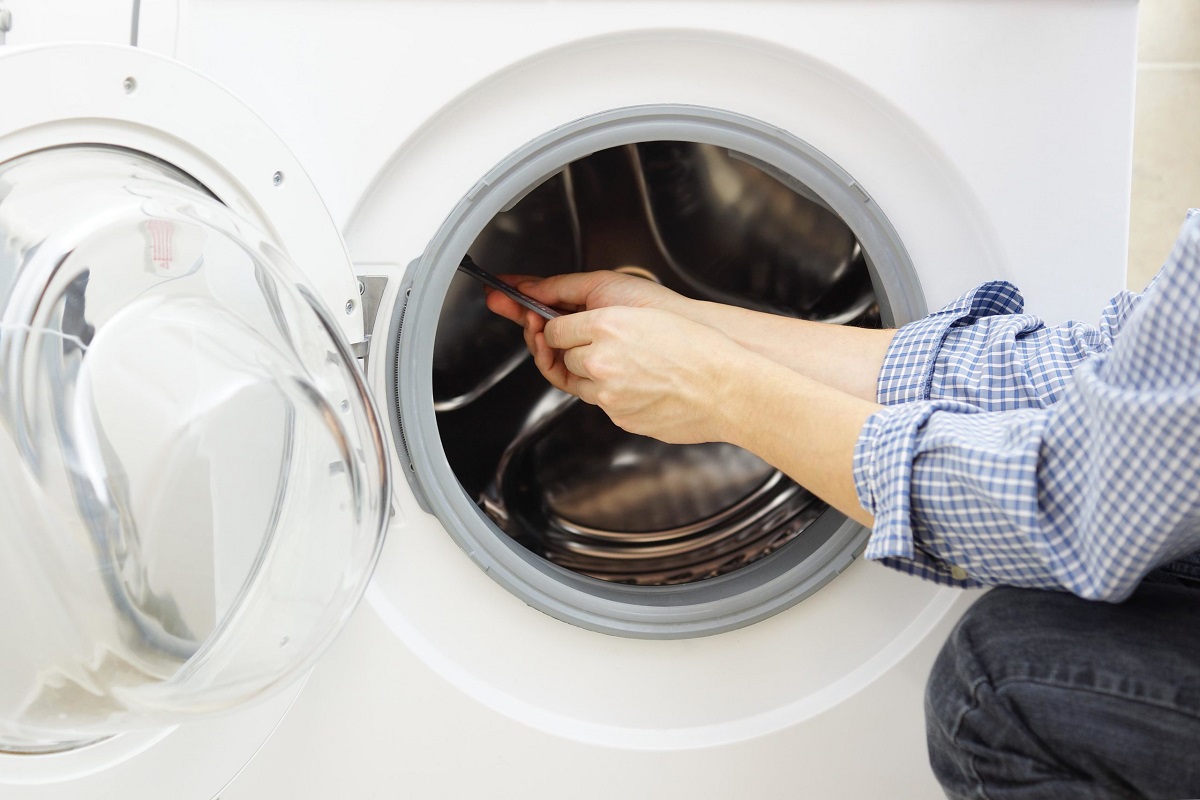
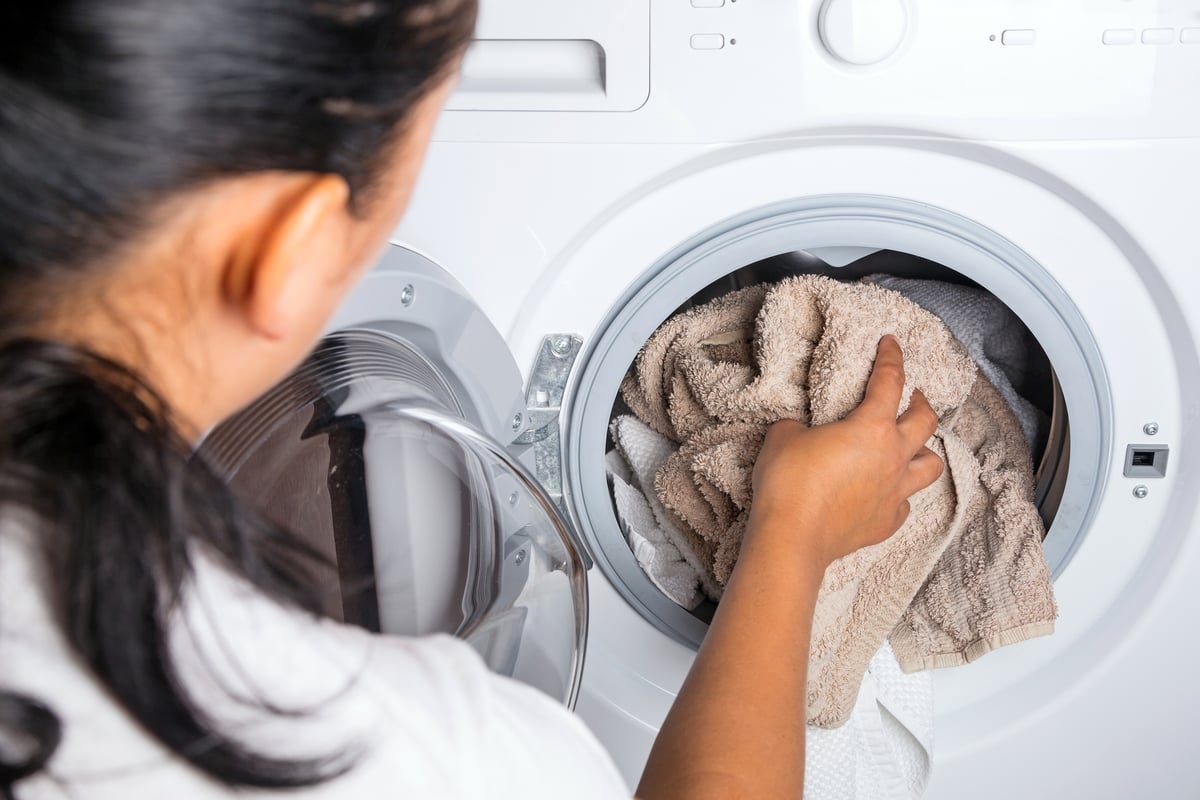
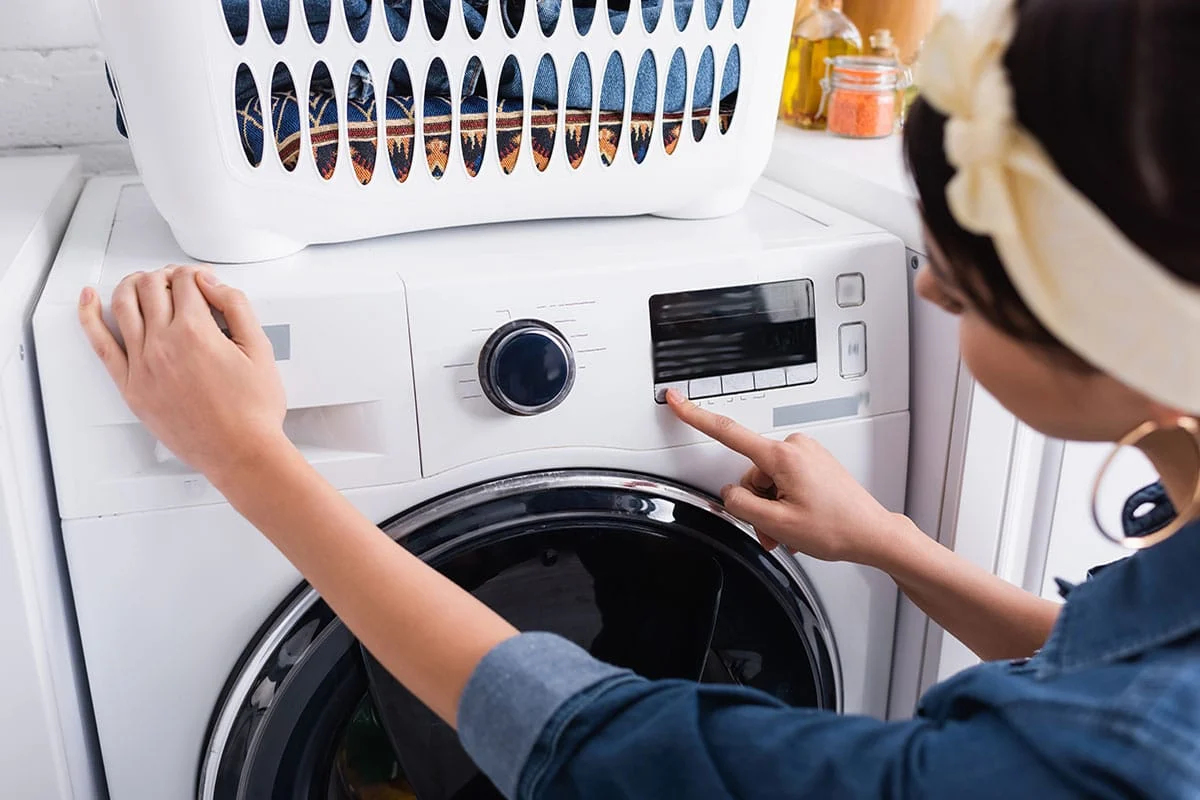

0 thoughts on “Why Does My Washing Machine Stain My Clothes”